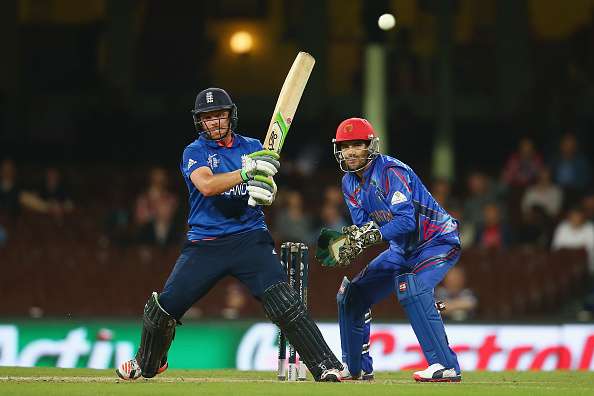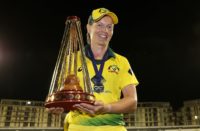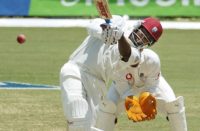Chris Stocks charts the spectacular change in England’s one-day fortunes since the shambolic World Cup of 2015
The date was Friday March 13, 2015. Sydney Cricket Ground was the venue and Afghanistan the opposition in the deadest of dead rubbers imaginable.
On a wet, cold and miserable night, England, already out of the World Cup having lost to Bangladesh four days previously in Adelaide, chased down a rain-reduced target of 101 in 18.1 overs. It was thoroughly meaningless and depressing.
Fast forward 18 months and England, under brilliant sunshine at Trent Bridge, compile the biggest total in the history of one-day cricket, hitting a barely-believable but brilliant 444-3 against a shell-shocked Pakistan.
The gap between the two matches was 535 days.
And the transformation in England’s one-day fortunes in such a short space of time is truly remarkable.
To put it into perspective, Belgium was without a Government for longer – 589 days to be precise – during the constitutional crisis in the country back in 2010-11.
England, though, perhaps needed to reach rock bottom to find a way of progressing. So shambolic was last year’s World Cup campaign in Australia and New Zealand, the only way was up.
However, the speed of their recovery in 50-over cricket has been helped immeasurably by the change in coach that saw Peter Moores, the man whose thoughts were so muddled even he didn’t understand what he was saying, replaced by Australian Trevor Bayliss.
Bayliss was chosen by Andrew Strauss, England’s director of cricket, chiefly because of his track record of success in white-ball cricket. Paul Farbrace, his assistant, also excelled in limited-overs cricket in the short time he was Sri Lanka’s head coach, winning both the Asia Cup and World T20 in 2014.
The pair have not only changed the personnel in England’s 50-over team but the mindset.
Freedom to play expansive, aggressive cricket is now the uppermost thought in the players’ minds rather than equations about how many runs might constitute a par total that characterised Moores’ confused and data-driven reign.
Looking at the 2015 World Cup, the way Moores messed up so spectacularly was impressive in its ineptitude.
Anyone could have presided over a mediocre campaign in a tournament where, as a major nation, it was actually harder to get knocked out in the first round than progress.
To his credit, though, Moores managed it and when you look at his first team of the tournament that faced Australia in Melbourne it’s easy see why.
That XI in batting order: Moeen Ali, Ian Bell, Gary Ballance, Joe Root, Eoin Morgan, James Taylor, Jos Buttler, Chris Woakes, Stuart Broad, Steven Finn, James Anderson.
Five of that team were playing at Trent Bridge on Wednesday. One man who was absent, though, was Alex Hales.
We can almost excuse Moores leaving Ben Stokes out of his squad for the World Cup, the Durham all-rounder had been in poor form.
But Hales being overlooked for the XI was a shocking oversight.
He may have been inexperienced in ODI cricket, having played just seven matches, but his potential was evident the previous year when he smashed the first – and so far only – hundred for England in T20 cricket at the 2014 World Cup.
Hales, of course, was the inspiration behind England’s record-breaking total on his home ground of Trent Bridge, his 171 the highest individual score by an England batsman in the format.
And he is excited about the potential of this group of players, who can put the 2015 World Cup humiliation to rest in next year’s Champions Trophy and the 2019 World Cup, both on home soil.
“Who knows the limits of what we can achieve as a team?” said Hales.
“The way we’re progressing as a batting unit we haven’t reached our peak yet.
“There’s a lot of guys in their mid-20s whose best years are still to come. That’s even more exciting for us moving forward.”
Woakes, one of the survivors from that first game of the 2015 World Cup, is as amazed as anybody how quickly England have turned things around.
“It’s credit to the way the guys have played, the way it’s led from the coach, the captain and all the way through,” he said.
“We do have to pinch ourselves a little bit because the improvements have been dramatic from where we were.”
Indeed. That wet and miserable night in Sydney now seems like a lifetime ago.
This piece originally featured in The Cricket Paper, September 2 2016
Subscribe to the digital edition of The Cricket Paper here















